The Canadian government is funding a COVID-19 research project that involves collaboration with the China-based infectious-disease lab at the heart of the controversy surrounding the origin of the disease.
The numbers are considered inaccurate by many because of a lag in data collection by governments as well as significant underreporting of known cases and deaths by mainland China.
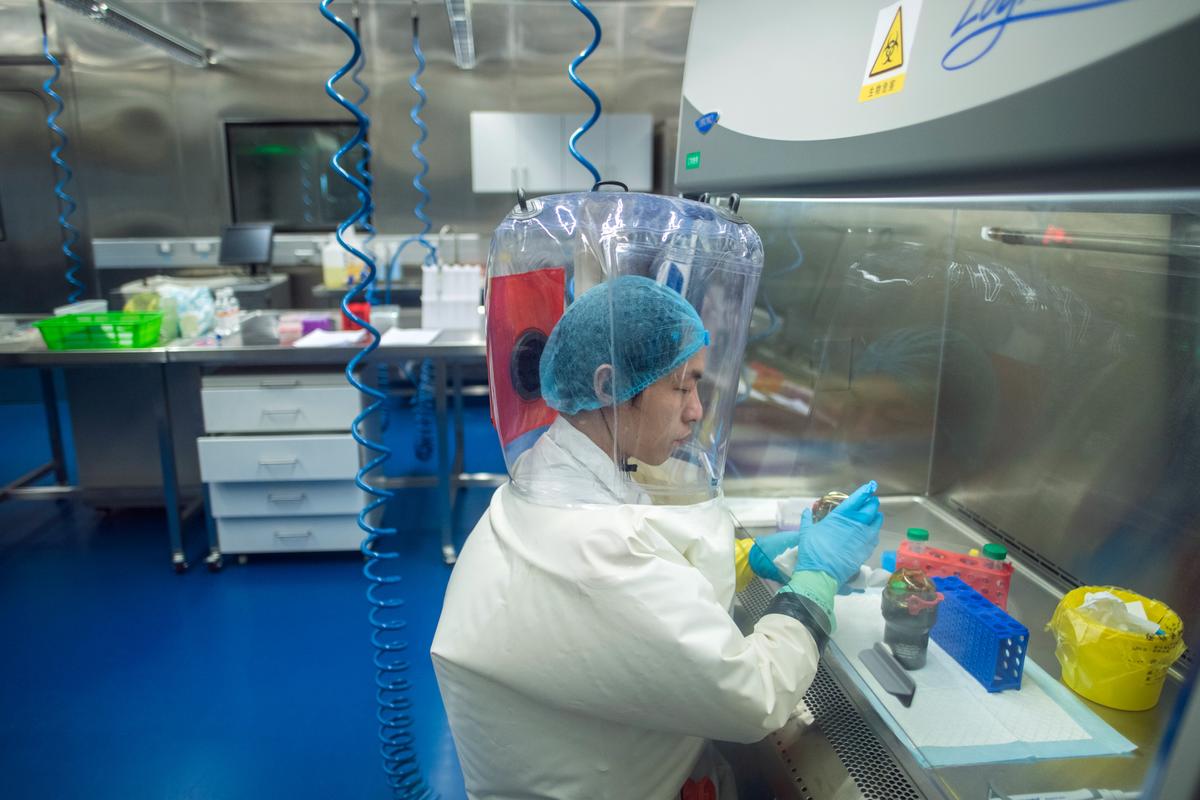
The recipient of the Canadian government grant is professor Le Xiaochun, an analytical and environmental toxicology researcher at the University of Alberta. His project is one of roughly 100 that Canadian authorities have funded recently that pertain to COVID-19.
Speaking to the same outlet, a spokeswoman for the University of Alberta said the Wuhan lab was chosen because researchers there have considerable experience with COVID-19 testing.
“The collaboration with the researcher in Wuhan is limited to knowledge sharing only. We are not exchanging samples and are not transferring any funding,” said Hallie Brodie, according to the Globe and Mail. “It will take a global community of clinicians and researchers collaborating across borders to slow the spread of COVID-19 and to eventually develop vaccinations.”
She added that most of the research for the project would take place in Edmonton and Winnipeg, two major Canadian cities.
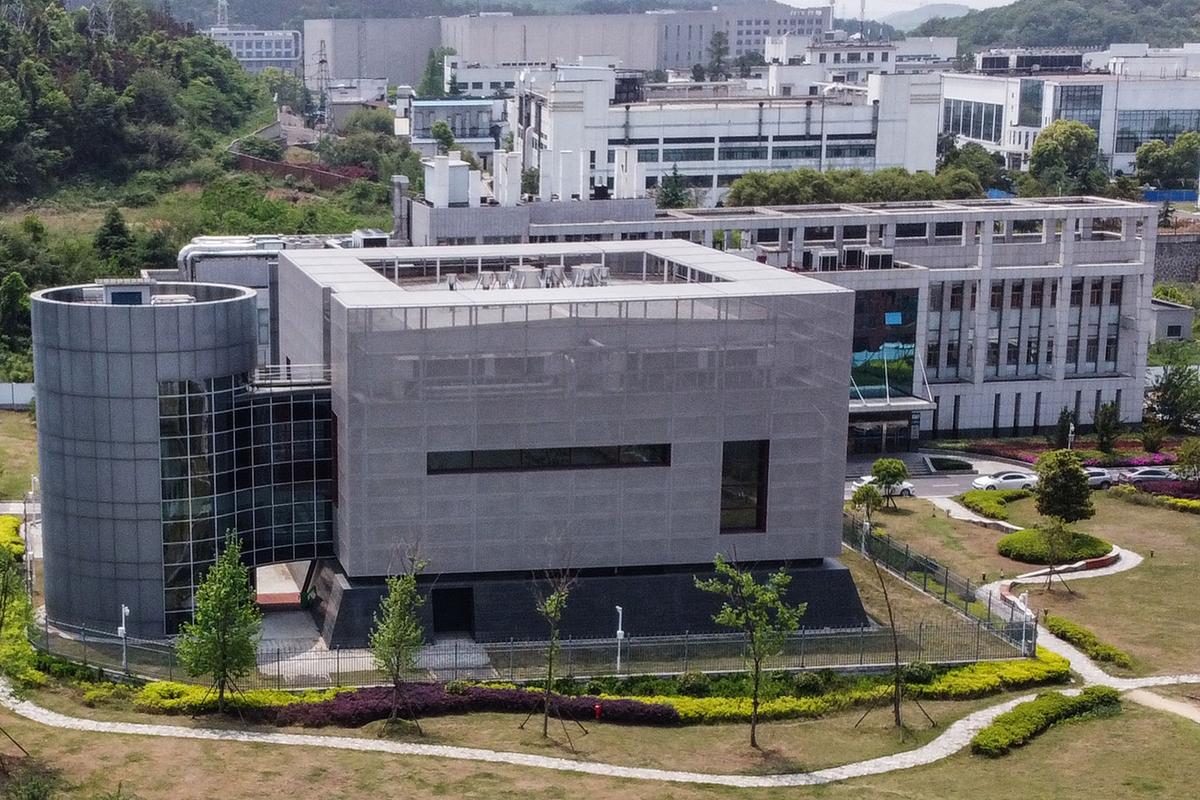
The Wuhan Institute of Virology surged into the spotlight amid mounting efforts to determine exactly how the outbreak began.
The broad scientific consensus holds that the virus, which carries the official name SARS-CoV-2, originated in bats.
President Donald Trump said on Wednesday his administration was trying to determine links between the virus and the Wuhan lab, and Secretary of State Mike Pompeo said Beijing “needs to come clean” on what they know.
“I would just say at this point, it’s inconclusive, although the weight of evidence seems to indicate natural, but we don’t know for certain,” he said.
As far back as February, the Wuhan Institute of Virology has pushed back against rumors that the virus may have been artificially synthesized at one of its laboratories or perhaps escaped from such a facility.
The Washington Post reported this week that national security officials in the Trump administration have long suspected research facilities in Wuhan to be the source of the novel coronavirus outbreak.
In 2018, American officials visited the Wuhan facility multiple times and sent two official warnings back to Washington about inadequate safety at the lab, which was researching coronaviruses from bats, according to the Washington Post. Those cables warned about safety and management weaknesses at the lab and proposed more attention and help.
“The Chinese government needs to come clean and needs to be accountable,” he said. “It needs to explain what happened and why it is the case that that information wasn’t made more broadly available.”
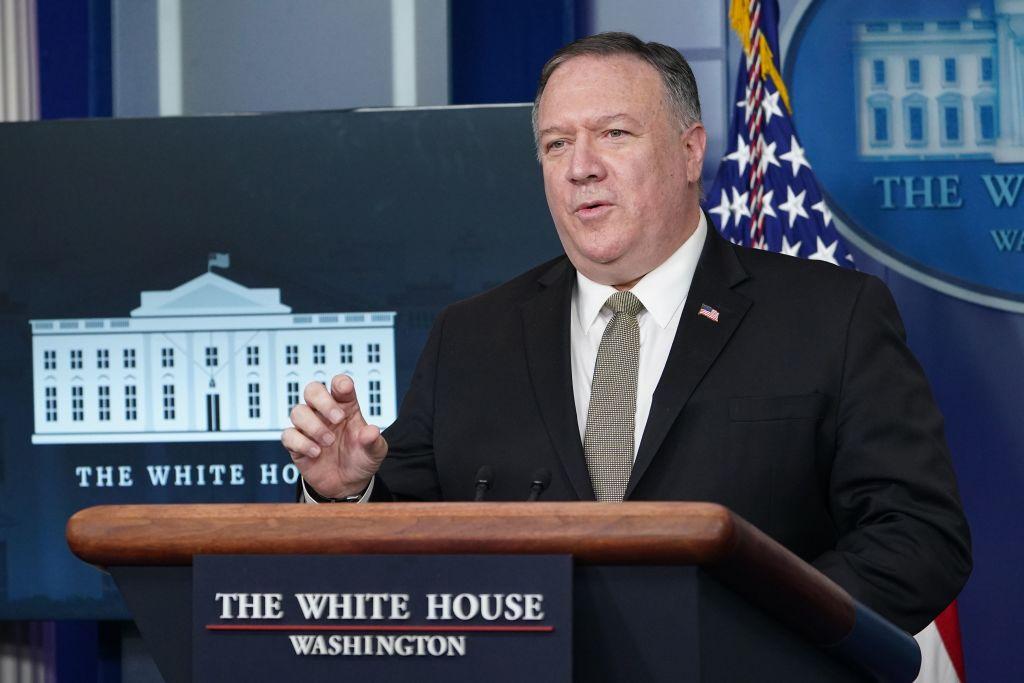
Documentary
The Epoch Times debuted a documentary earlier this month looking into the origin of the CCP virus. Senior investigative reporter Joshua Philipp found most early patients in China had no link to a wet market, an exotic animal market that communist officials have tried pinpointing as the origin.Philipp cited journal reports that showed high similarity between the new virus and two viruses sampled from bats by the Chinese military and a similar spike protein from SARS to SARS-CoV-2, or the CCP virus.
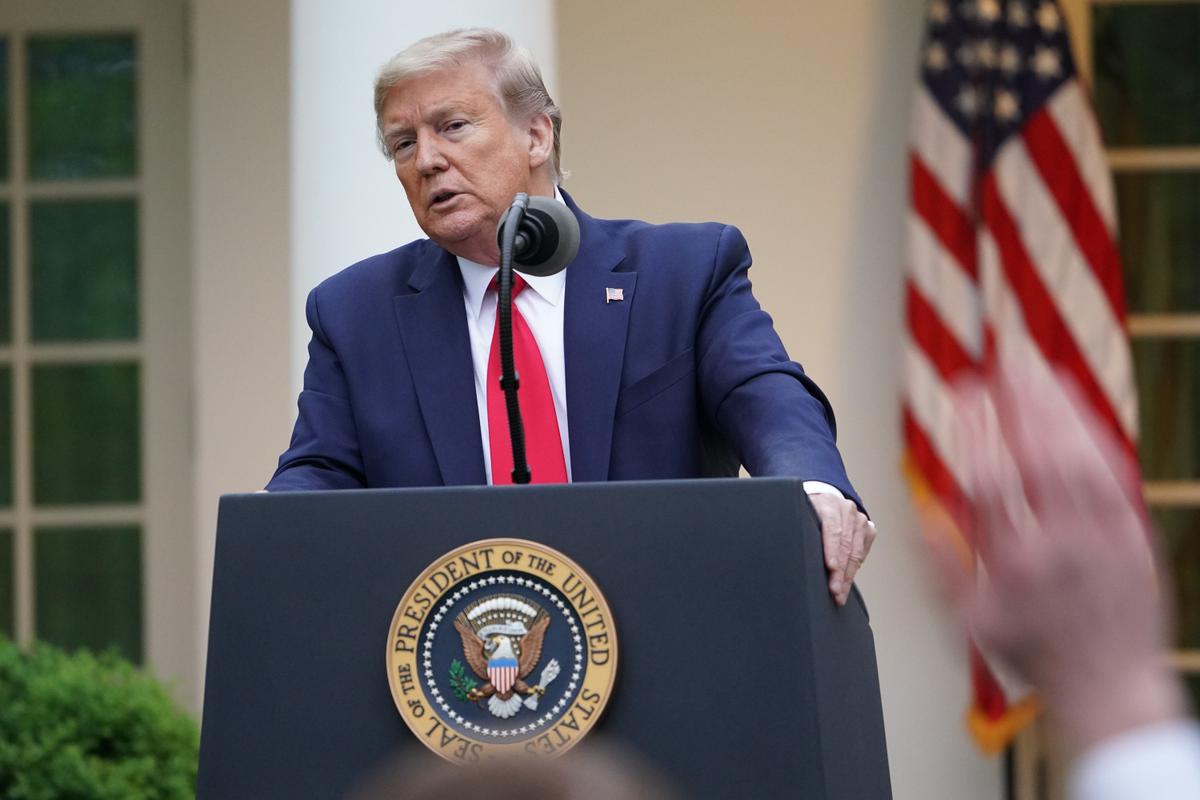
“A cruel virus from a distant land has unfairly claimed thousands of precious American lives. To every citizen who has lost a cherished loved one: Your pain is our pain. We mourn as one national family,” Trump said.
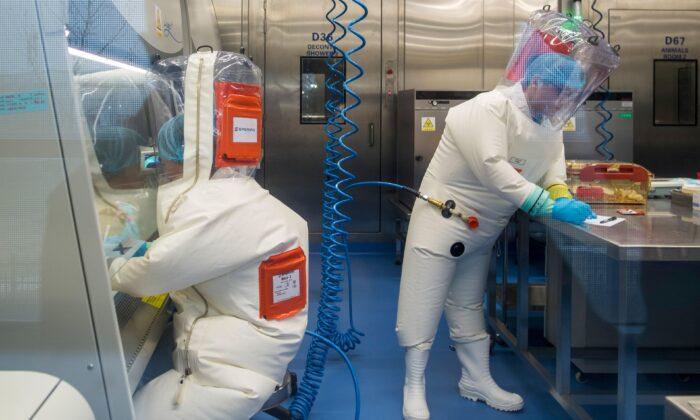

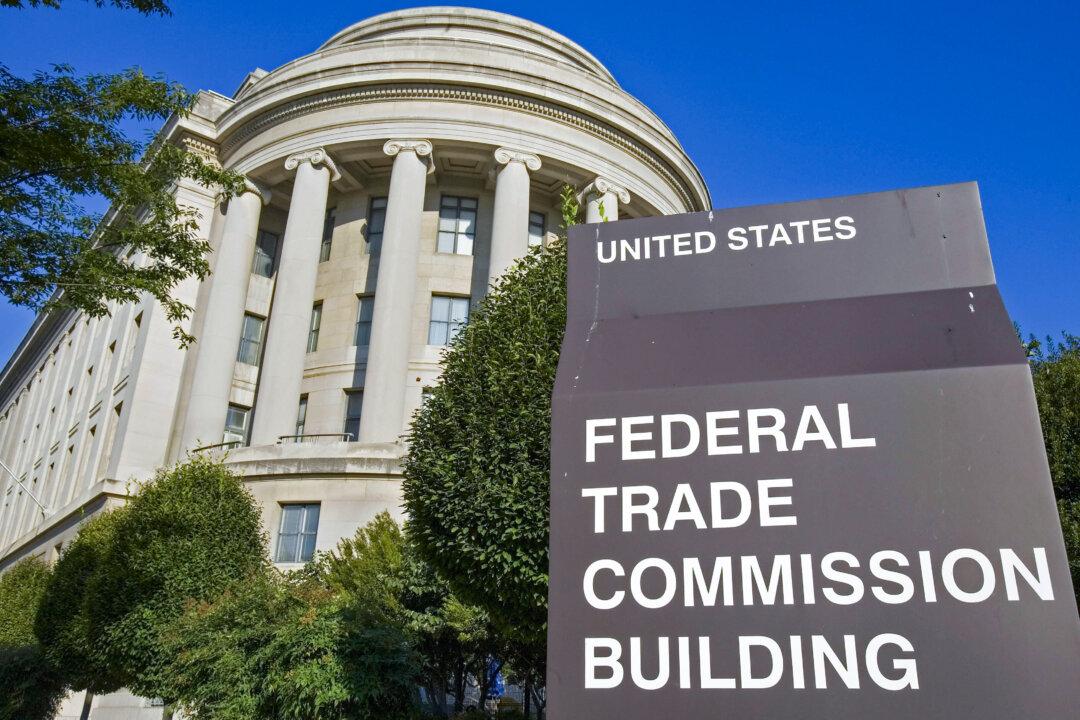
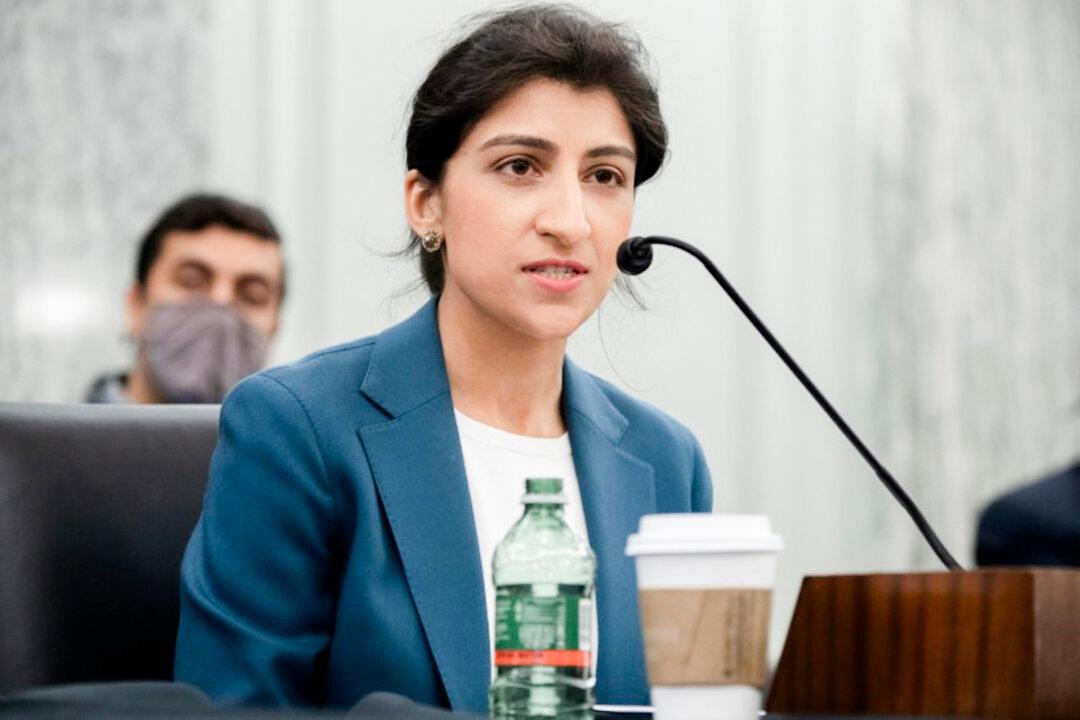
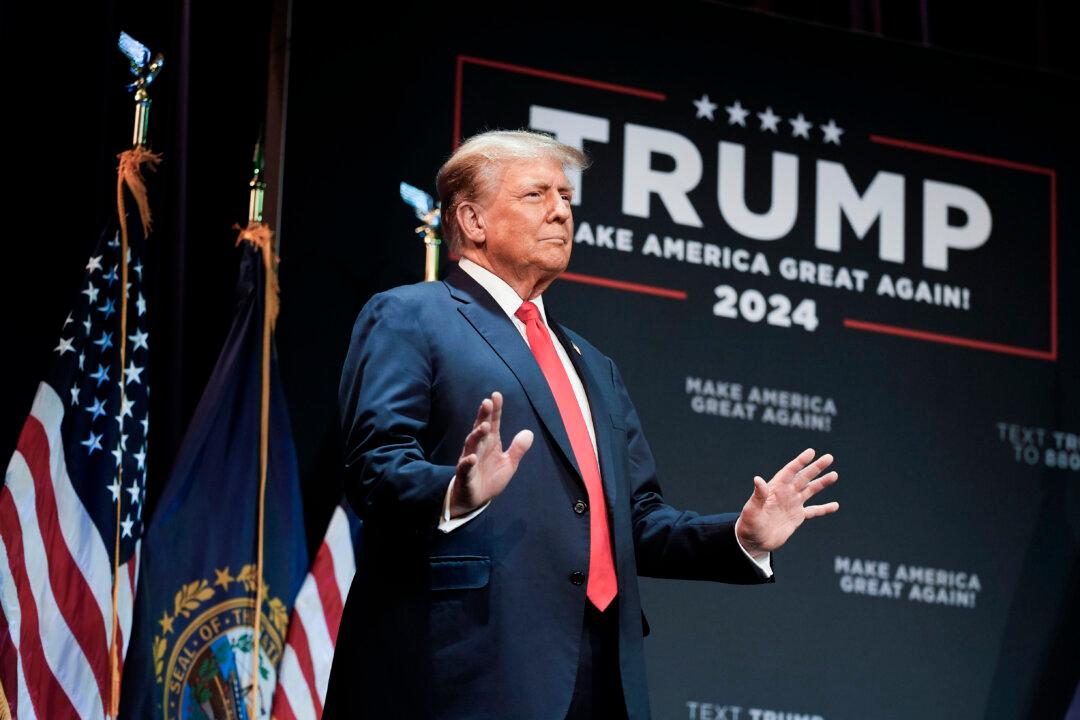
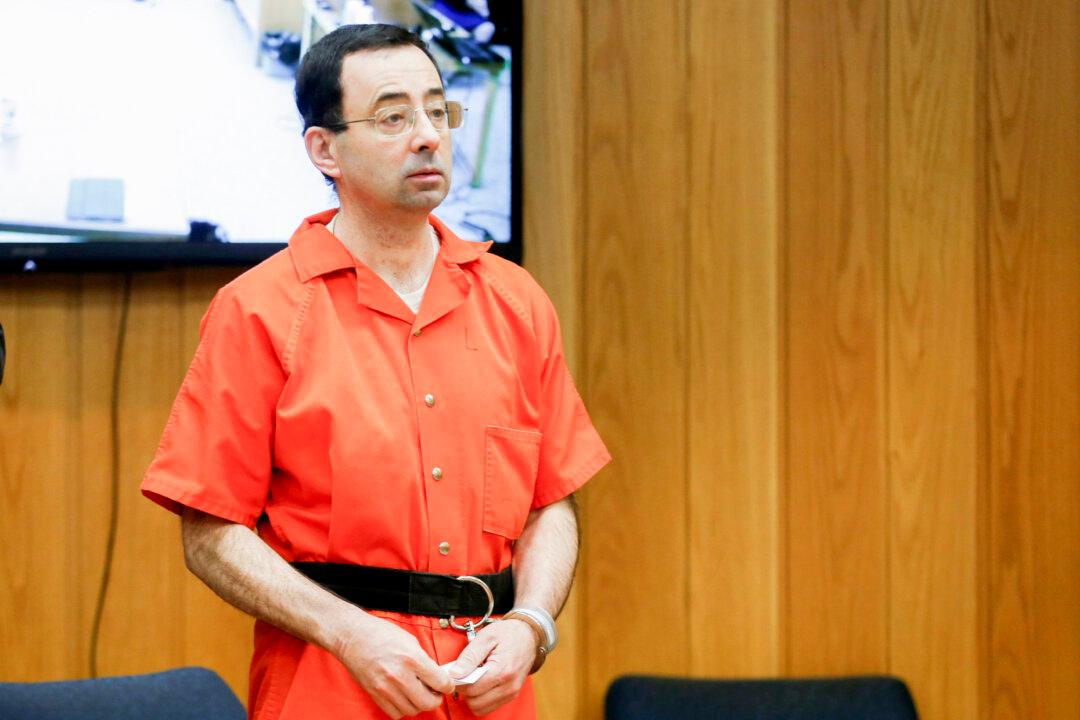
Friends Read Free